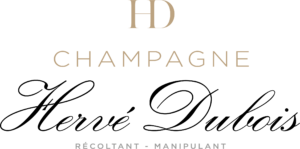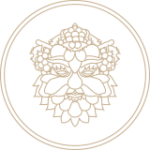
OUR
EXPERTISE
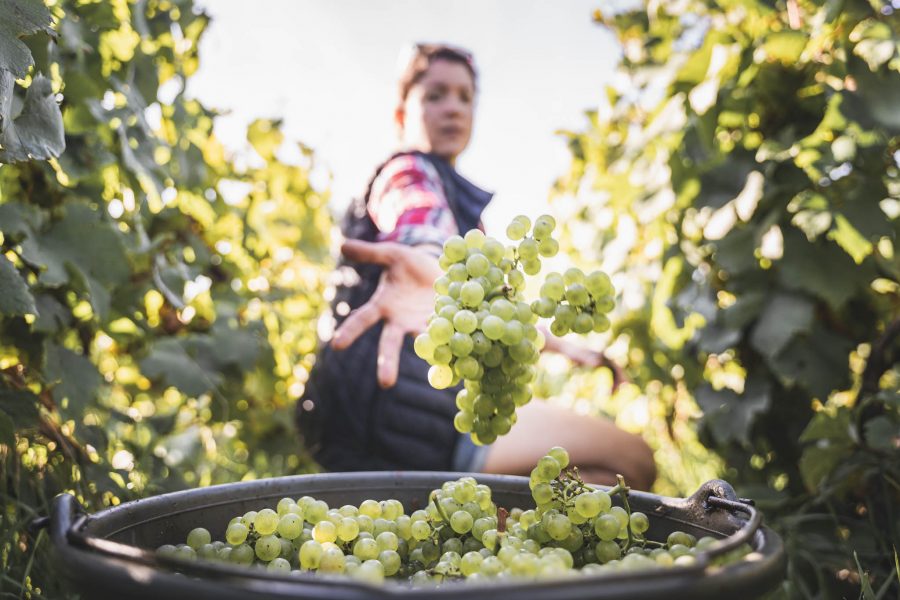
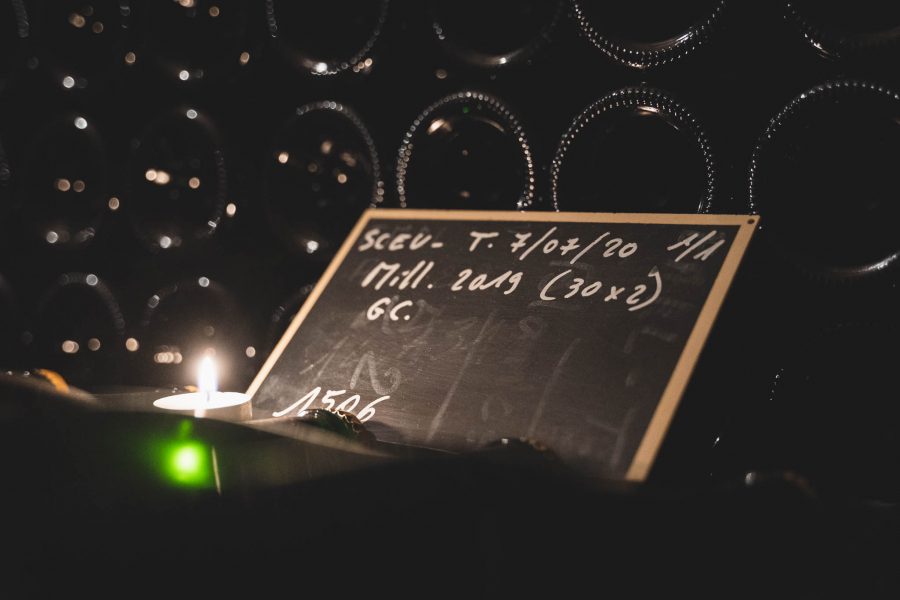
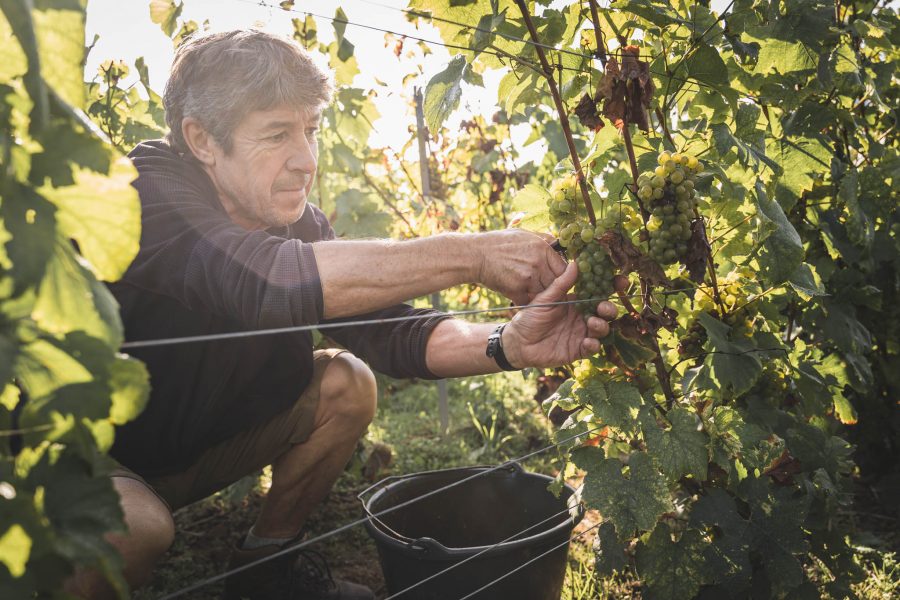
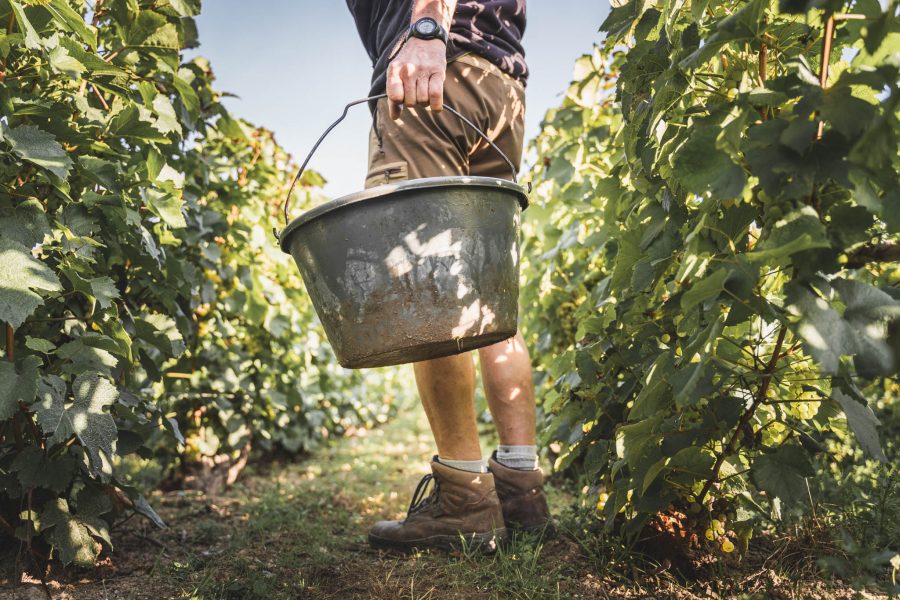
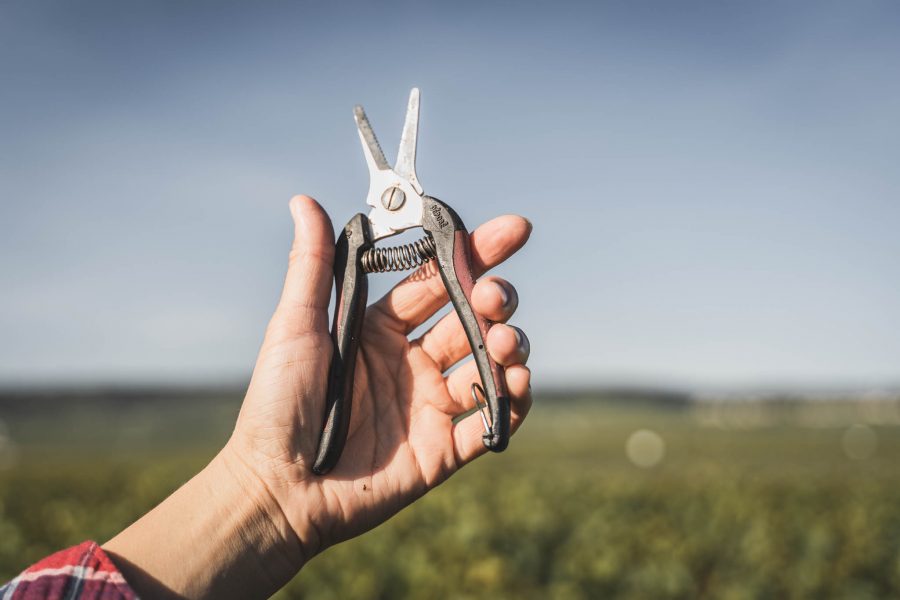
THROUGHOUT THE SEASONS, THE VINE RECEIVES THE NECESSARY CARE TO PRODUCE HIGH-QUALITY GRAPES.
Our House carries out all the viticultural work until the harvest which takes place between the end of August and the beginning of October.
We love our job as winemakers, it is four passionate people, Pascal, Vincent, Hervé and Nina, who ensure the quality of the vine and the wine, we practice a reasoned viticulture by limiting the inputs and working our soils.
We work to establish a sustainable viticulture approach in Champagne for the respect of nature and what it offers us.
And if wine is above all a history of the land, it is also a history of men and passion. The men of the house perpetuate the family legacy and transmit to the amateurs all the know-how of our house.
THE WINEMAKING
BEGIN
![]()
THE LEAVES FALL
![]()
RESUMPTION OF THE VEGETATION
![]()
PRUNING
![]()
HARVEST
![]()
VÉRAISON
![]()
CLUSTER FORMATION TO MATURITY
![]()
CROPPING
![]()
FRUIT SETTING
![]()
TRAINING TO GREEN CLUSTERS
![]()
TRELLISING
![]()
FLOWERING
![]()
FORMATION GREEN CLUSTERS
![]()
DISBUDDING
![]()
RESUMPTION OF THE VEGETATION, APPEARANCE OF THE FIRST LEAVES![]()
VINE BINDING
![]()
VEGATATIVE STASIS![]()
PRUNING
THE PREPARATION
OF CHAMPAGNE
Pressing and vinification are carried out directly on the winery, by grape variety, by fraction and by cru in order to respect the parcel origin of the grapes.
The musts (grape juice), rest 15 to 24 hours in our vats for settling, they are then seeded with natural yeasts to trigger the alcoholic fermentation that lasts between 8 and 10 days, we obtain still wines.
The particularity of our champagne is to not make the Malo-Lactic Fermentation (F-M-L) on certain Chardonnay vats during the vinification. The F-M-L is a natural desadification that allows to soften the wine and to keep 50% of malic acid to have a good balance between freshness and structure.
The characteristic of the malic acid is to preserve the freshness of the fruit and a good balance during the aging in bottle.
The indication of the vintage is possible only when wines of the same year are blended.
At this stage, liquor and yeasts are added in order to trigger the lather making the 2nd alcoholic fermentation bringing the effervescence.
The bottles are aged in a lying position, on “latte” or “lees” in cellars at 8° and protected from light for at least 18 months for non-vintage wines and 4 to 10 years for vintages
This step consists in gathering the deposit of yeasts in the bottleneck, the wine is then traditionally disgorged “on the fly”, the deposit is expelled by the pressure when the bottle is opened, the Champagne is dosed according to the wines and their maturity, the bottles are corked, wire-capped, dressed, packaged, marketed and tasted !

Pressing and vinification are carried out directly on the winery, by grape variety, by fraction and by cru in order to respect the parcel origin of the grapes.
